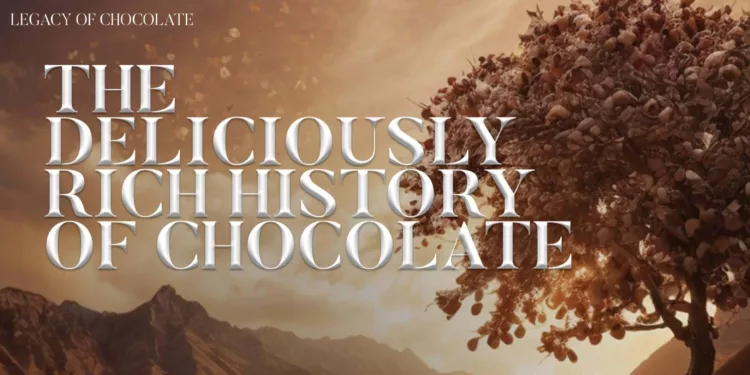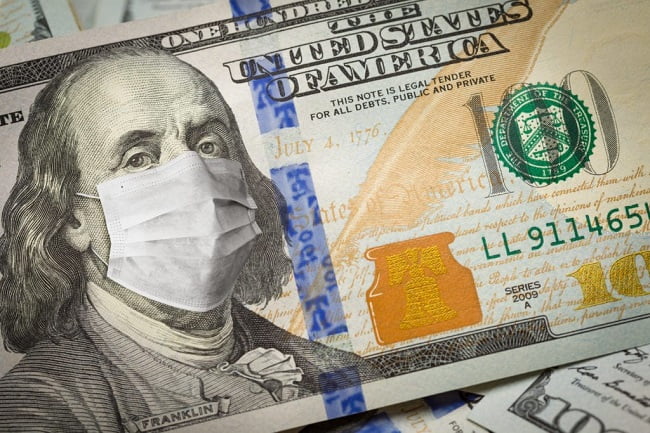Chocolate, the word itself, reminds of the silky, rich and luscious swirls of delicious goodness that melts straight in the mouth, whose texture is that of a lush and soft cream as soon as it touches the tongue. It is a favourite amongst most people who have unearthed its goodness at a young age, with a plethora of brands offering many varieties to the masses. The density of chocolate in one bar is determined by the amount of chocolate and milk present. Ardent chocolate lovers who like the true bitter aftertaste of the same prefer anything above 70 per cent, but for a younger consumer, a sweeter version is more popular.
As complex yet satisfying as the taste of chocolate, its history is also equally enriching. It has been around for more than 4,000 years and is embedded in the culture and history of the blueprint of human civilisation. Its beginning is attributed to when it was first discovered by the ancient Mesoamericans, which is in present-day Mexico. The first cacao plant from which chocolate is derived was used in rituals for sacred ceremonies and even utilised its medicinal properties. Known as the ‘food of Gods’ by the Mayans later on when they offered it to gods with a decadent mix of roasted and ground cacao and chillies, which transformed into a brown liquid that they called ‘xocolatl’, meaning ‘bitter water’.
Then, during the 15th Century, cocoa beans were used by the Aztecs as currency. Besides this, they used it in daily life as a beverage and even as an aphrodisiac. Some historians believe that chocolate was brought to Spain by Hernán Cortés in 1528 during his expedition in Latin America. He was offered this delicious paradise to welcome him, who at first was startled by its bitterness. The Spaniards mixed it with sugar and honey to neutralise the bitter flavour, which eventually made it to the elite households.
Whosever tasted this concoction from heaven felt seduced under its spell, and this guarded secret reached the rest of Europe after almost a century. The unison of the French King Louis XIII and Anne of Austria, who was the daughter of the Spanish King, brought chocolate to the forefront when they used it in their marriage celebration. Then, many ‘chocolate houses’ sprang up in Britain and all over the European continent and started growing in equatorial countries. Previously limited to the aristocracy and the upper classes, the Europeans harnessed the health benefits derived from it, but its cost remained high, which meant that the masses could not get a hand on it.
In 1828, chocolate was revolutionised when a Dutch chemist made a powdered form using an innovative chocolate press. He managed to remove almost half the fat that would later be used for skincare from chocolate liquor. This liquid was treated, and using a blend of alkaline salt, the bitterness was subdued. This commenced the evolution of solid chocolate, which was easier to transport and use. Known as ‘Dutch Cocoa’, chocolate was sold like hotcakes, and many recipes sprung up to incorporate the local tastebuds. One of the most celebrated chocolate brands ‘Cadbury’ started selling chocolate candies in 1868 throughout England. Then, a newer version with more milk was produced by another stalwart company, ‘Nestle’. Coming to America, chocolate was held sacred and used in soldiers’ rations and was even used in exchange for wages. Cacao now has many byproducts and distinctive flavours, but its power and sway over the dessert industry still looms big. The chocolate industry stands at a staggering $127.9 billion USD, and its consumption keeps on increasing each day, with 7.5 million tons in 2022, which is expected to rise further in 2023. With such a fascinating history of chocolate, now you can savour its distinct flavour with more adoration and amazement.











